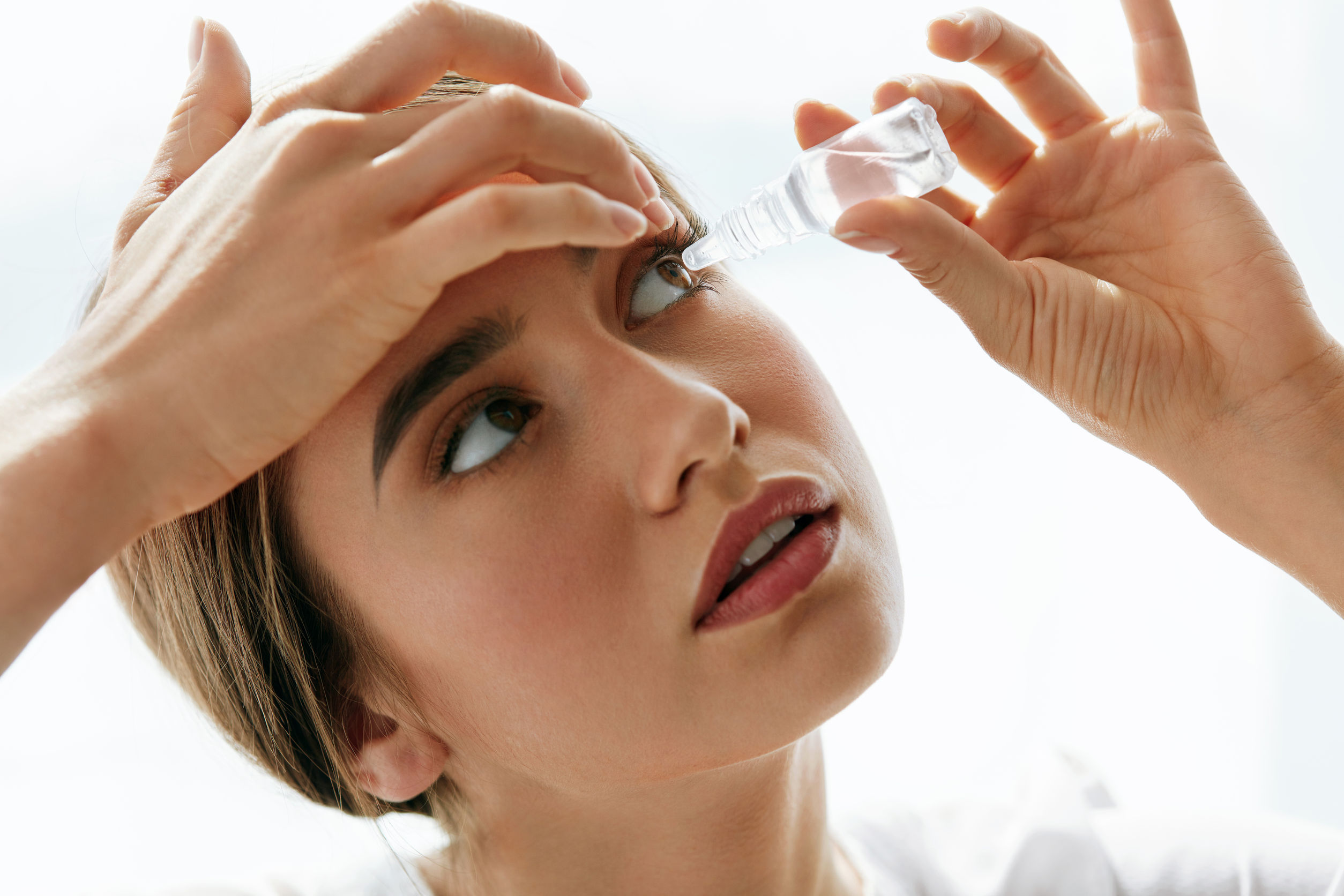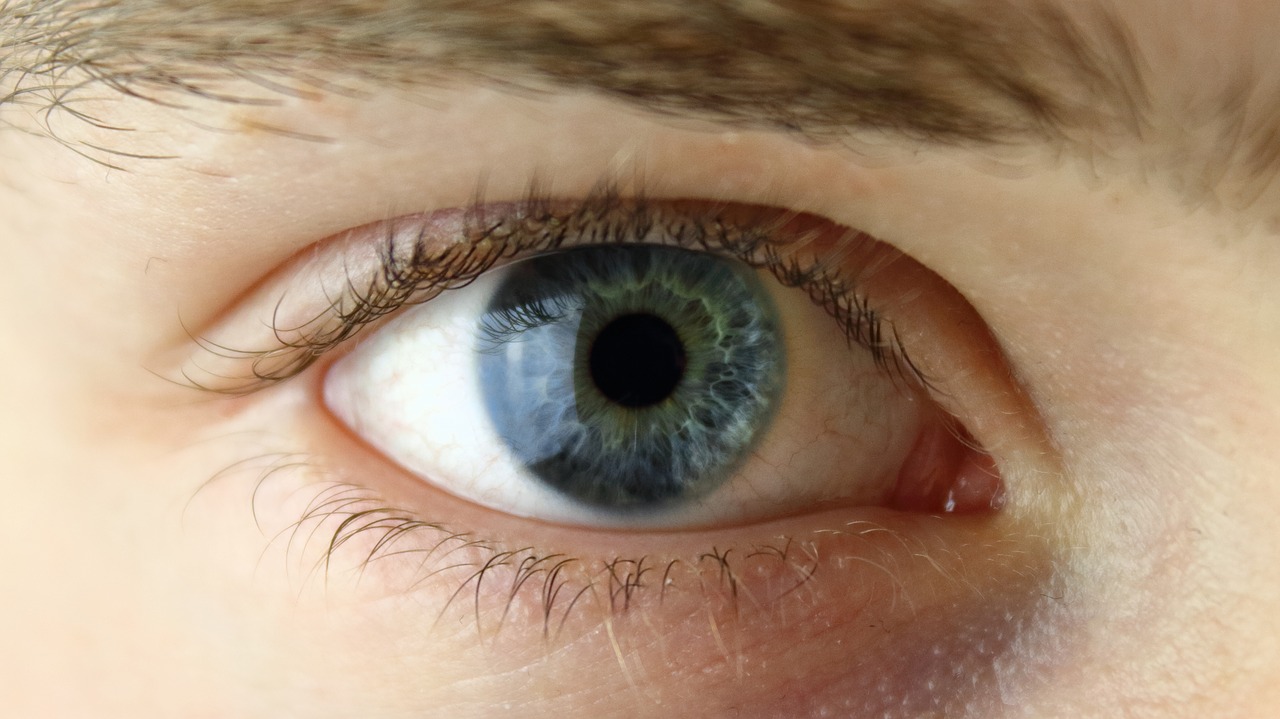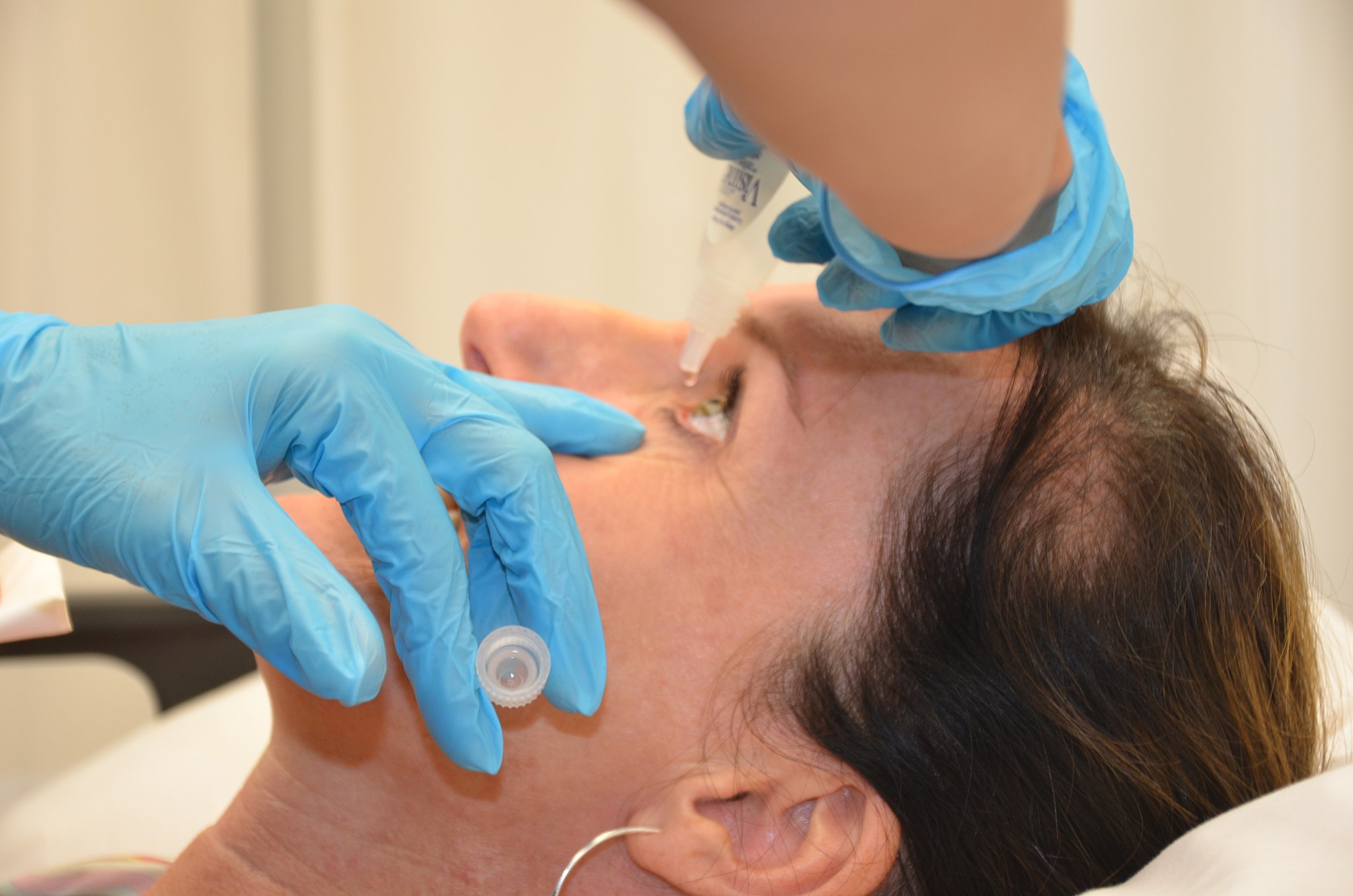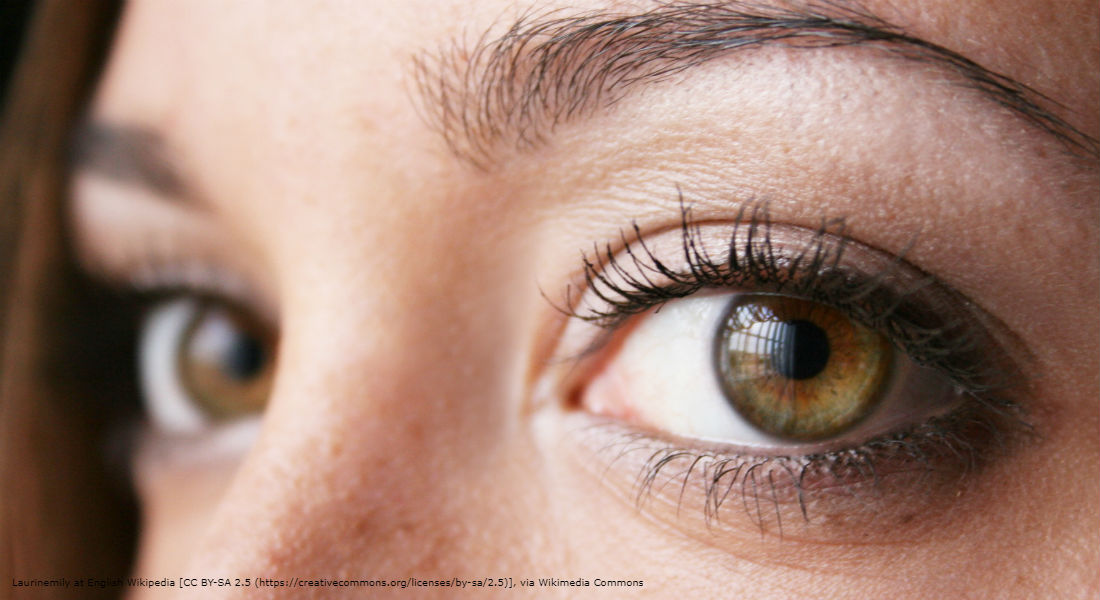Aldeyra Therapeutics is the latest biotech company to jump into the growing dry eye disease space with its topical ocular drug candidate, reproxalap. On Wednesday, the Lexington, Massachusetts-based company released results from a Phase IIb clinical trial of reproxalap which are promising enough to warrant further clinical development of the dry eye disease drug.
“The early onset and broad activity observed in the Phase IIb clinical trial suggests that reproxalap could be an important treatment option relative to existing therapies,” said Dr. John Sheppard, Professor of Ophthalmology, Eastern Virginia Medical School. “The results announced today confirm the potential of reproxalap, a drug with a novel mechanism of action, as a promising and differentiated therapeutic agent for dry eye disease, which remains a persistently challenging condition for large numbers of patients worldwide.”
The trial included a vehicle control arm and tested two different doses of reproxalap. In all, 300 patients with dry eye disease were randomly assigned to be treated with one of three formulations (0.1 percent and 0.25 percent concentrations of reproxalap, or vehicle) for the 12-week study period. Patients given the higher dose saw a statistically significant improvement in multiple measures, including the Four-Symptom Ocular Dryness Score and the Overall Ocular Discomfort Symptom Score.
Patients saw symptom improvements in as little as one week of starting therapy, which was consistent with findings from the company’s Phase IIa trial. What’s more, Aldeyra says reproxalap has a different mechanism of action compared to currently-available dry eye disease therapies, based on measures of a pro-inflammatory marker known as malondialdehyde. This suggests that if the drug is eventually approved, it could be another treatment option for patients who haven’t seen a benefit from conventional therapies such as Allergan’s Restasis.
“Based on the successful Phase IIb results, we look forward to initiating a Phase 3 program in dry eye disease in 2019 following our discussion with regulatory authorities,” said Dr. Todd C. Brady, Chief Executive Officer of Aldeyra. “The addition of dry eye disease to our late-stage clinical portfolio, which includes Phase 3 clinical trials in allergic conjunctivitis and noninfectious anterior uveitis, highlights the potential of reproxalap as a highly differentiated and novel ophthalmic therapy.”
The dry eye disease market has been heating up, with drugmakers like Ocugen in the early stages of testing their candidates. And while Allergan’s blockbuster dry eye disease drug, Restasis, has been dominating the space, the product has started to face competition in Canada from Teva with the launch of their generic version of the ophthalmic emulsion. The Irish pharmaceutical company could be seeing the launch of generics in the US sooner than they’d like after its controversial patent transfer to the Saint Regis Mohawk Tribe.








Join or login to leave a comment
JOIN LOGIN